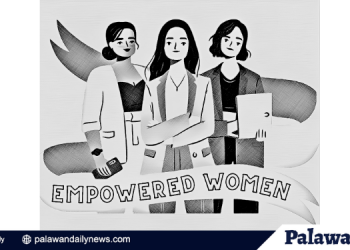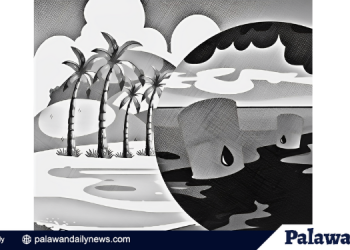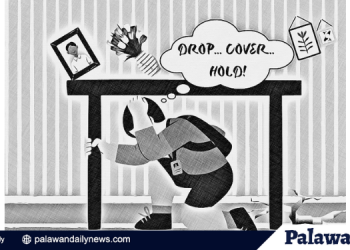Walkability is defined as “the extent to which the built environment is friendly to people moving on foot in an area. Factors affecting walkability include street connectivity, residential density, presence of green spaces, safety, etc.”
The common benchmark for walkability is a 400-meter radius or a five-minute walk. The barangay or neighborhood unit becomes an organizing device with a neighborhood/barangay center along the principle routes of convergence, where the highest concentrations of activity where mixed use centers are best located. Residents should be able to walk to the barangay hall, local market/shops, health center or elementary school within a walking distance.
Aside from improving accessibility, the barangay also improves urban design, reduces car dependence, has health benefits and in terms of provision of basic services.
By designing walkable cities by our urban planners, this enables our people to easily access the basic services and facilities within walkable distance, therefore, they can no longer be dependent on motorized vehicles that significantly contribute to the increase of greenhouse gases emitted to the atmosphere.
But if residential areas are far from marketplace and shops that sell basic commodities and medicines, health centers, schools, church, then residents will be forced to spend exorbitant and most of the times overpriced fare demanded by tricycle drivers every time they move around to buy things or avail services.
Based on studies, the public’s dependence of cars and other motorized vehicles contributed to the air quality of the specific city or municipality. The initial report of the Department of Environment and Natural Resources-Environmental Management Bureau (DENR-EMB) has shown that air pollution levels in two Metro Manila cities have exceeded the safe standards early this year.
The DENR-EMB report showed that the air pollution levels in the cities of Marikina and Manila went beyond the standard of 150 micrograms per normal cubic meter (ug/Ncm) of particulate matter 10 or PM10.
According to health experts, particles in PM2.5 are able to travel deeply into a person’s respiratory tract and can cause ill health effects and worsen the medical conditions of people with asthma or heart diseases.
Studies said that the factors that influenced the design of our cities include economy, efficiency and beauty. The city’s formation may also be the result of chance, custom, habit, and other factors, reflecting on the superficial logic.
Both sense and non-sense play a part in shaping cities and it is largely the product of trial and error processes.
Whatever the factors that influenced the present set up of our cities, new breed of urban planners, engineers and architects, most importantly decision makers can still have time to sit down and come with an ideal urban design that promotes walkability, considers pedestrian and bikers to reduce their dependence to vehicles, and consider promoting low-carbon transport system.




















Discussion about this post